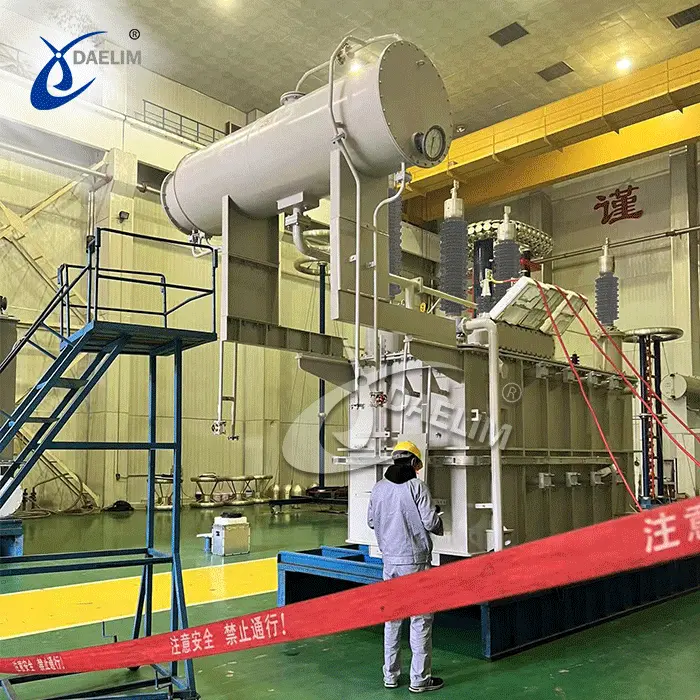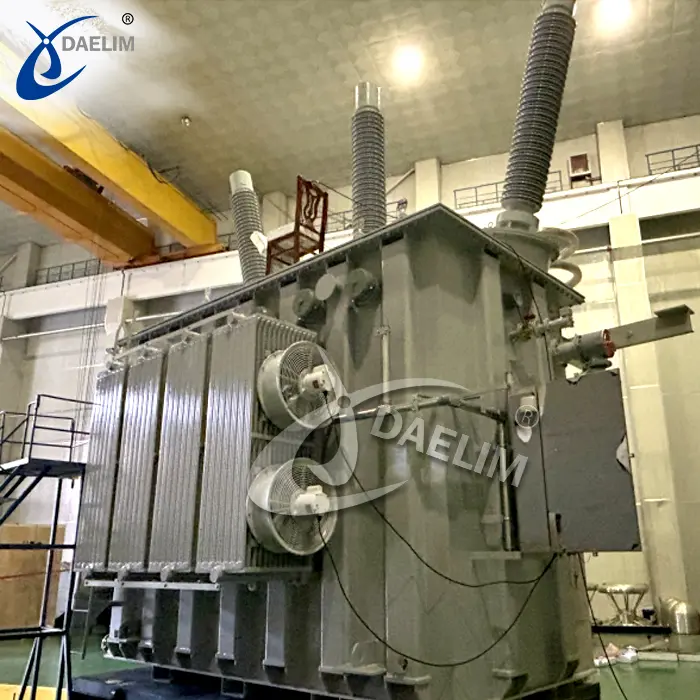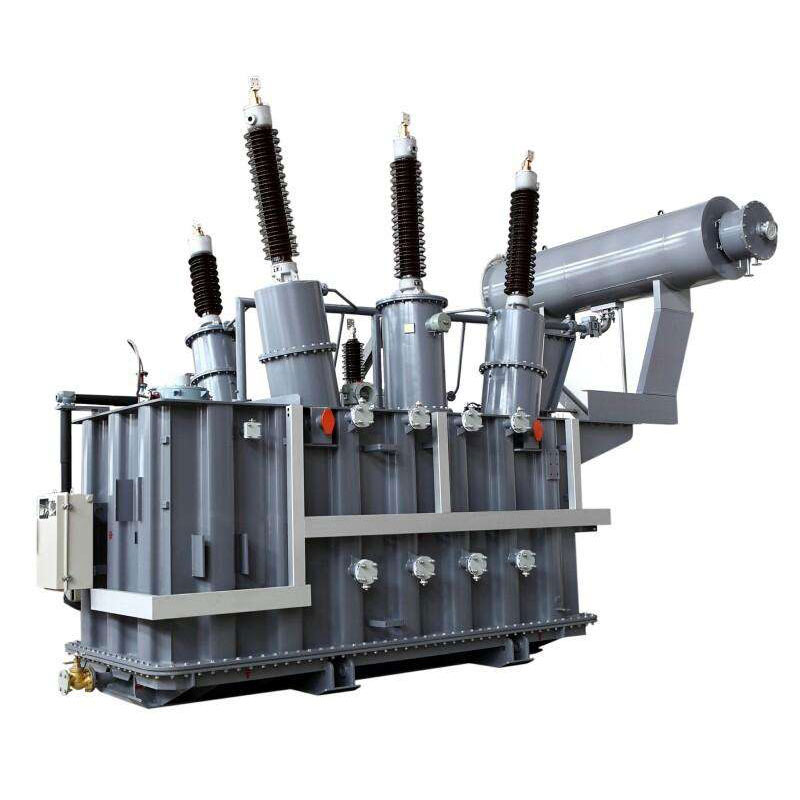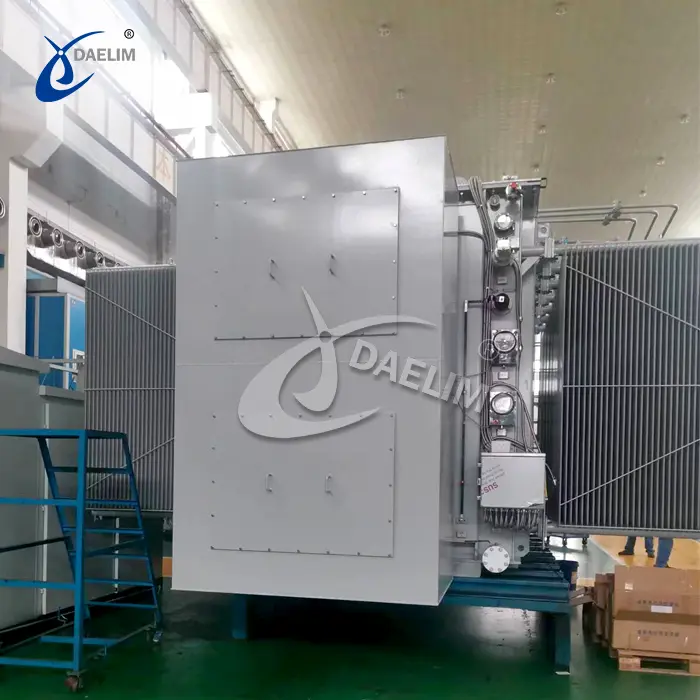Comprehensive Analysis of Large Transformer Faults by Gas Chromatography
The use of gas chromatography to analyze and diagnose transformer faults involves taking oil samples from the operating transformer oil, separating and analyzing the gas dissolved in the oil, determining the components and content of the characteristic gas dissolved in the oil, and assessing the operating status and fault type of the transformer. Among all 32 preventive test items for transformers, the chromatographic analysis of dissolved gas in oil is prioritized first. Furthermore, the test items available for fault diagnosis are stipulated, and gas analysis in oil is also the primary choice for detecting abnormalities. Notably, among the six optional items for fault diagnosis, only the assessment of insulation moisture does not consider the analysis of dissolved gas in oil. This highlights the critical importance of chromatographic analysis of dissolved gas in oil in ensuring the safe operation and fault diagnosis of transformers.
In the diagnosis and detection of transformer faults, the composition and content of flammable characteristic gases in the oil are analyzed using gas chromatography. This method is increasingly valued and applied in power supply production due to its sensitivity and effectiveness. It can detect latent early faults during transformer operation, preventing transformer damage accidents, which is irreplaceable by current electrical test methods. This is because some faults do not cause qualitative changes in electrical characteristics until they develop to a certain extent, making them undetectable by standard electrical tests.
However, due to the complex sources of flammable characteristic gases in transformer oil, the gas chromatography method has certain limitations. These include difficulty in pinpointing the exact location or component of the fault, and the potential for misjudgment, leading to unnecessary maintenance. Therefore, the gas chromatography method must be combined with electrical test items for a comprehensive analysis and diagnosis to accurately identify faults qualitatively and quantitatively. This integrated approach is a requirement repeatedly emphasized in preventive test procedures.
Related Products
Related Article
Causes and Measures for Abnormal Transformer Temperature
Abnormal transformer temperature can result from internal faults, unopened radiator doors, blocked or leaking respirators, poor transformer structure, and cooling device malfunctions. Measures include identifying faults, opening doors, clearing respirators, installing magnetic isolation, and ensuring cooling device functionality.
Requirements for Transformer Core Grounding Points
Transformer cores must have a single grounding point to prevent floating potentials, short-circuit currents, and overheating. Improper grounding can cause insulation damage, increased iron loss, gas generation, and power interruptions, compromising transformer and grid safety.
Manifestation Characteristics of Transformer Core Grounding Fault
Transformer core grounding faults cause overheating, gas production, and insulation damage. Symptoms include increased hydrocarbons in oil analysis, high grounding current, and visible core burns or discharge marks. Accurate diagnosis requires comprehensive testing, electrical measurements, and visual inspections.
Prevention and Treatment Measures for Transformer Core Grounding Faults
Prevent transformer core grounding faults by ensuring proper insulation, regular current measurements, and chromatographic analysis. Address faults with temporary measures, inspections, and targeted repairs. Emphasize design and manufacturing standards to prevent faults and ensure safe operation.
The Harm of Outlet Short-Circuit Faults to Power Transformers
Outlet short-circuit faults in power transformers cause winding deformation, insulation damage, and overheating, affecting dynamic and thermal stability. Analysis via oil chromatography and electrical testing guides timely repair planning.
Measures to Prevent Transformer Short-Circuit Accidents
Enhance transformer resilience against short circuits by optimizing design, strengthening insulation, improving maintenance, and upgrading protection systems to ensure reliable grid operation and minimize downtime.






